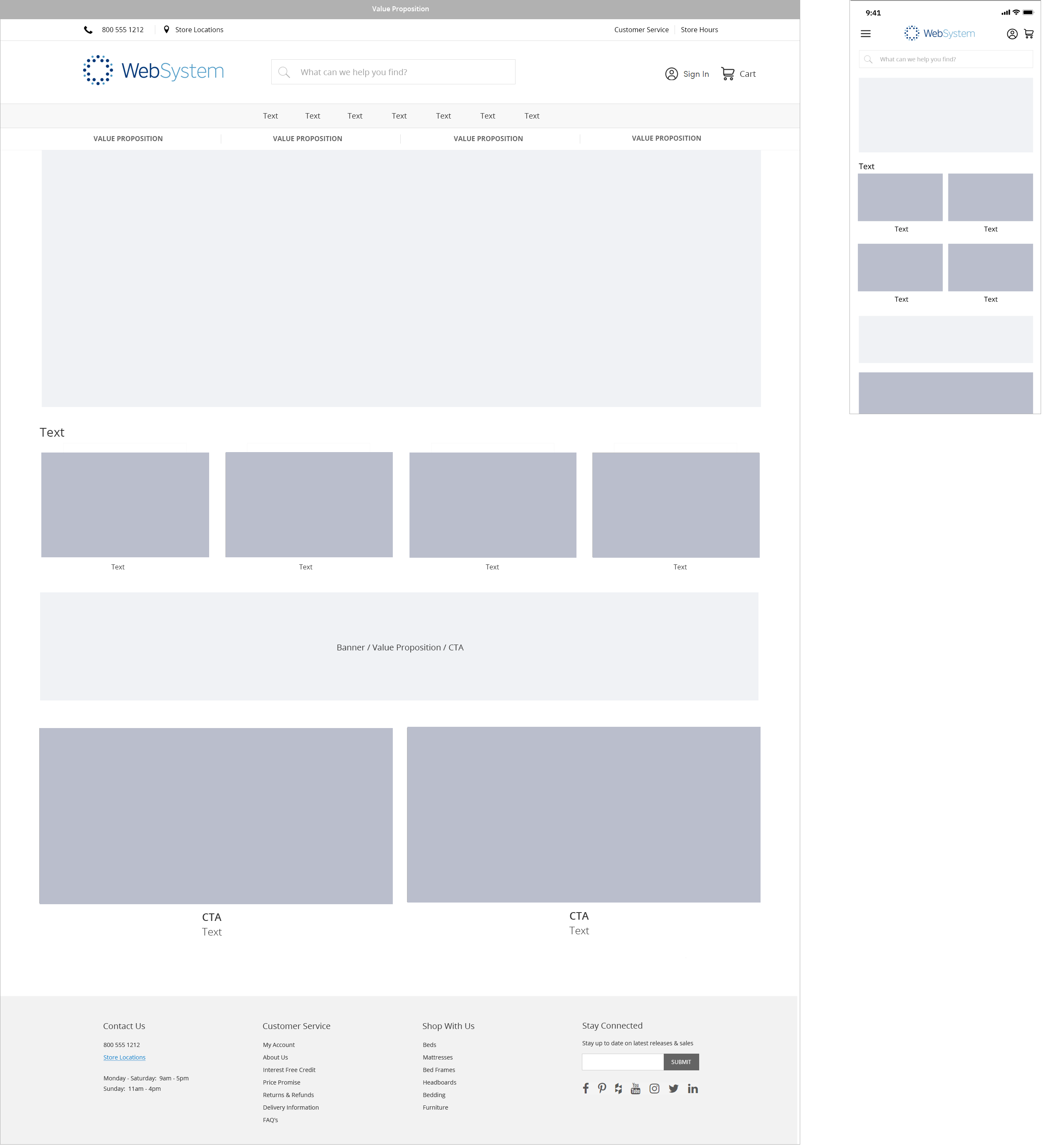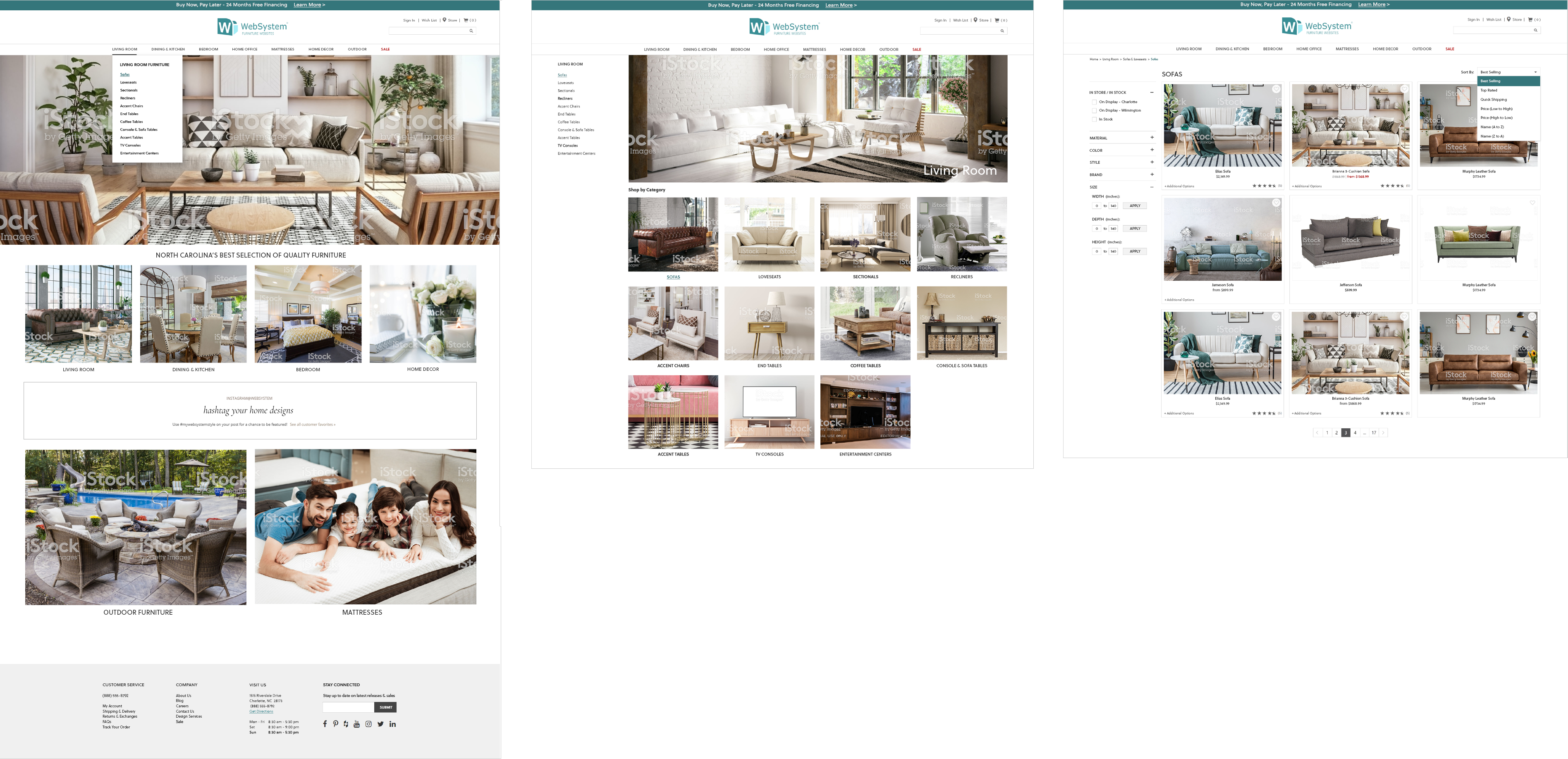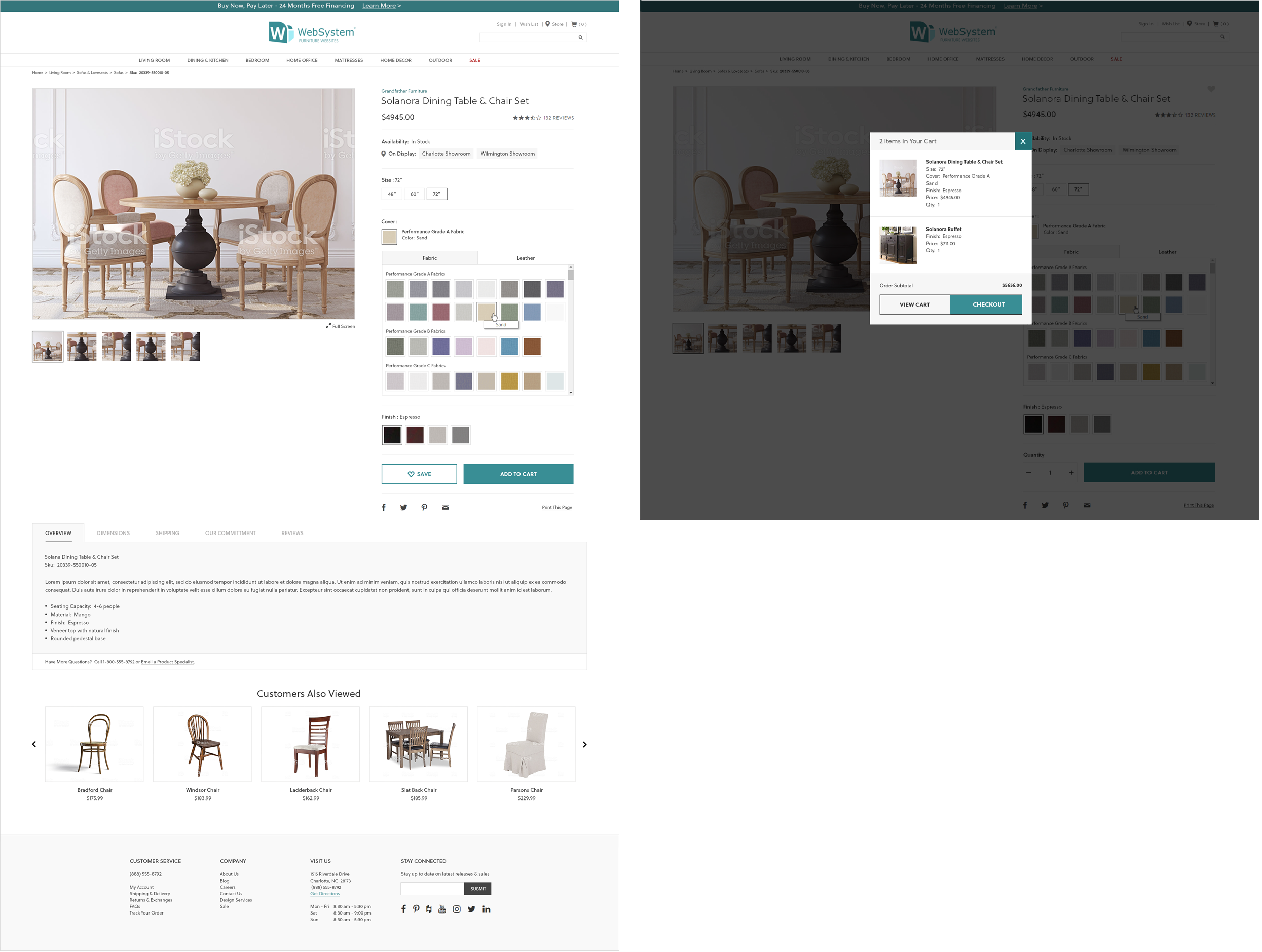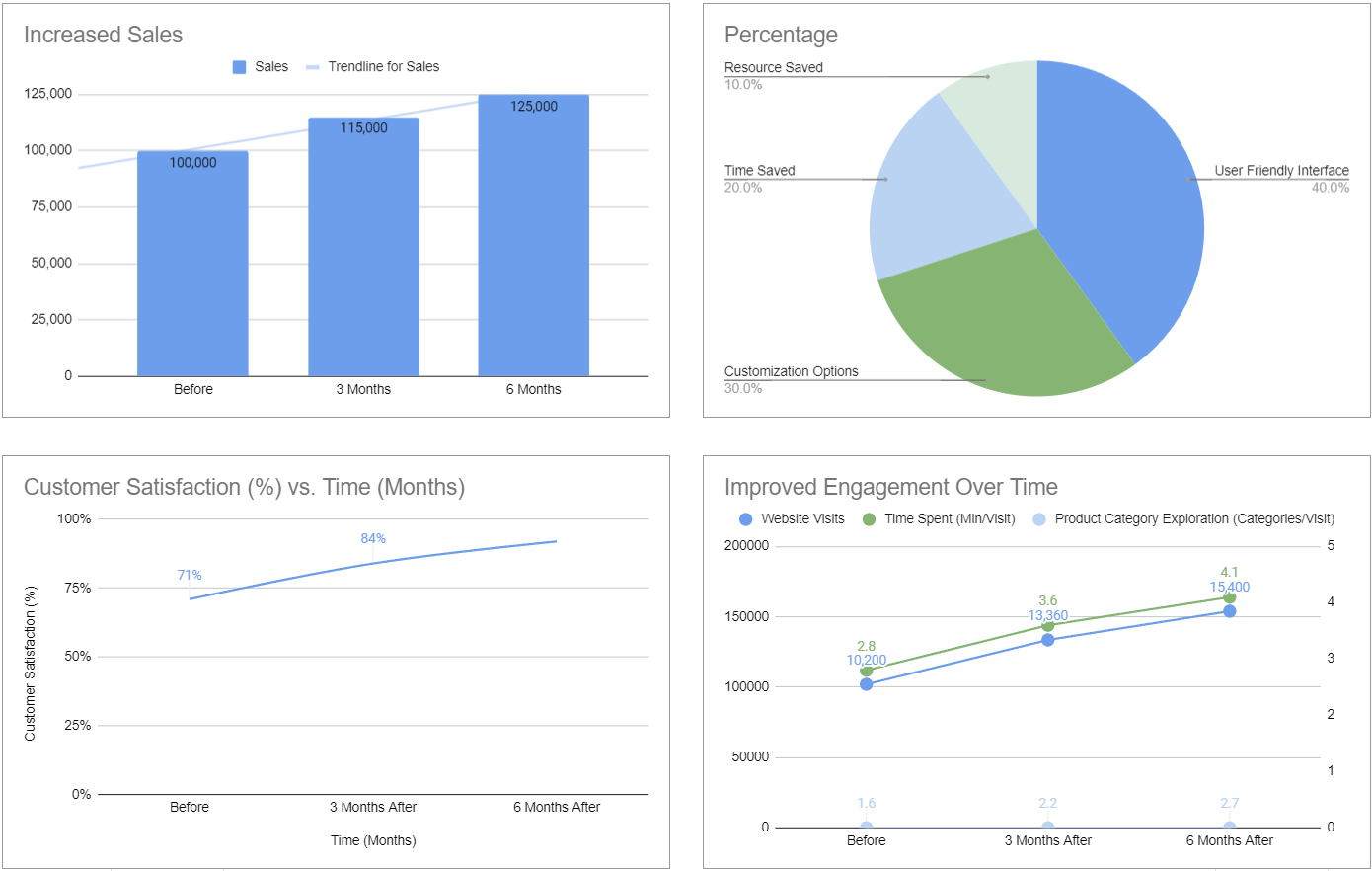Our strategy involved creating a robust e-commerce template with modular plug-and-play sections for customization. Key elements included multi-currency, responsive design, intuitive navigation, and seamless system integration. Collaboration with developers and retailer feedback will refine and enhance the templates for optimal global performance.
Begin by designing a robust, full-featured e-commerce template that includes all essential components like heroes, call to action, product listings, item page, shopping cart, checkout process, payment integrations, customer reviews, and inventory management.
Incorporate features that cater to global customers, such as multi-currency support, language localization, and compliance with international e-commerce standards.
Work with developers to create modular sections that can be easily turned on or off based on the customer’s needs. This could include features like promotional banners, customer testimonials, special offers, and additional product categories.
Allow for customization options within the templates so that retailers can adjust the look and feel to match their brand while maintaining a cohesive user experience.
Ensure the templates are easy to navigate, with clear menus, search functionality, and logical product categorization.
Design for a seamless experience across all devices, including desktops, tablets, and smartphones.











